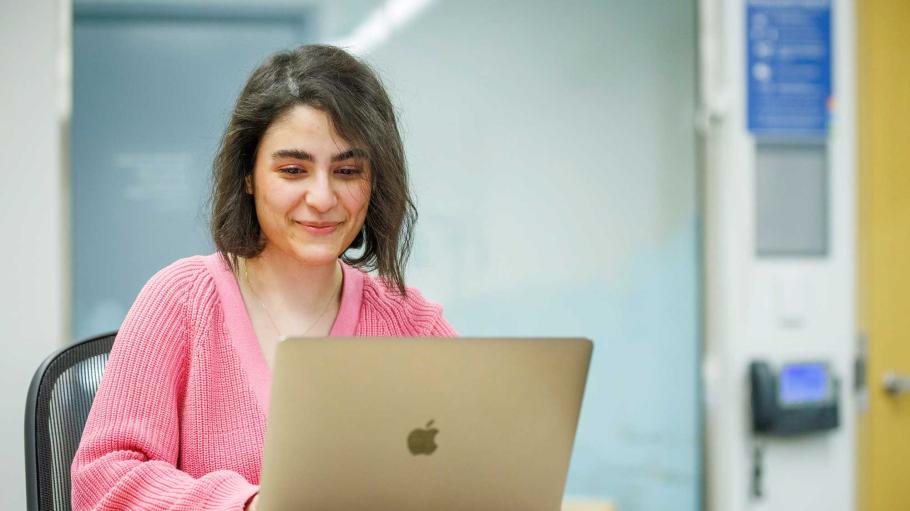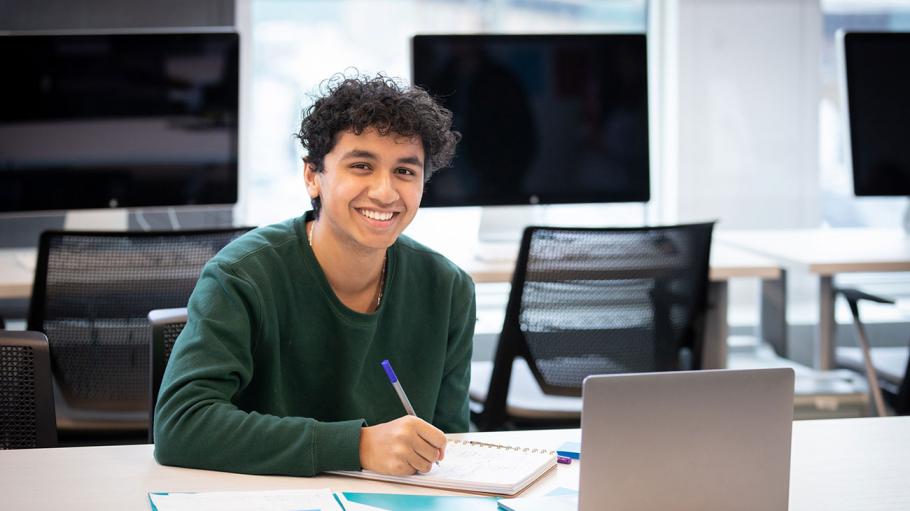We are committed to ensuring students with disabilities receive reasonable and effective academic accommodations and support services to participate fully in the academic environment.
Our services are free and confidential.
Please note: Disability Services has been renamed Accessible Learning Services
Accessible Learning Services programming
Accessible Learning Services programming for the Spring 2024 semester is now available on the Student Services Calendar. Click on calendar events to register.
How Can ALS help me?

New students
Learn about our services and how to register with Accessible Learning Services.

Returning students
Find out how to reconnect with Accessible Learning Services and view your accommodation plan.

Faculty
Learn about accommodations and ALS student supports.
CONTACT US
Connect with us via email at ALSregister@georgebrown.ca at any point during your academic program.
Visit the Contact Us page for more information.

